Many misconceptions still exist about a pet’s ability to handle hot and humid weather. Today’s cats and dogs may be descended from wild animals, but they have evolved into pets who are used to living in our climate-controlled homes rather than prowling around outside, battling the elements. Our Village Veterinary Hospital team can dispel common myths about pets and their capabilities for weathering hot weather, and give you tips for keeping them comfortable.
Myth: Since pets are descended from wild animals, they have no problems with extreme temperatures.
Truth: Our modern-day domestic pets are a far cry from their wild ancestors. For example, flat-faced dogs who snort with every breath are prone to very specific health issues, and can rapidly overheat, because their breeding has compromised their thermoregulatory system (i.e., panting). Pets with obstructed airways have much more difficulty breathing, panting, and cooling themselves in hot and humid conditions. Numerous other health issues, such as obesity, cardiac disease, respiratory conditions, and endocrine disorders, can also increase this risk.
Our team recommends keeping your pets indoors, or in a cool outdoor area with plenty of water, during hot weather. Also, consider exercising your pet early in the morning or late at night to prevent heat related complications.
Myth: A pet’s paw pads are bulletproof
Truth: As your pet bulldozes their way to walk through all manner of brush, thorns, and other uncomfortable vegetation, you likely think their pads are bulletproof. In truth, paw pads are composed of sensitive skin layers that cover fat tissue and can easily be pierced by thorns, lacerated by fencing, or burned and blistered by hot surfaces.
When walking your pet, avoid sun-baked asphalt or sandy surfaces that absorb the sun’s rays. These surfaces can be deceptively hot. Before taking your pet for a stroll, place the back of your hand on the pavement. If you can’t leave your hand there for 10 seconds, the ground is too hot for your pet’s paw pads. Instead find a shaded path, or wooded dirt area to walk on. Another option, if you have to walk somewhere with hot walkways is to buy booties for your pet that are specially designed to protect their paw pads from injury.
Myth: All pets naturally know how to swim
Truth: You may think your pooch instinctively knows how to doggy paddle, but not every pet can naturally swim. In fact, many pets panic once they enter the water and feel their paws leave the ground, and will thrash around trying to find stable support. This can cause serious problems, such as your pet inhaling water or causing you injury as they try to save themselves. Until you know if your pet can swim, we recommend having them wear a safety vest before they swim in a pool, pond, or lake. Also, just like humans, pets should always wear a floatation device when on a boat.
Myth: Pets instinctively know if water is safe to drink
Truth: When your pet is hot and needs a drink, they will head to the nearest water body they can find, no matter what might be living there. In the outdoors, water can be contaminated with a variety of organisms, such as intestinal parasites, bacteria, chemicals, or toxic algae. Your thirsty pet can’t make the distinction between contaminated and clean water, so always keep fresh, clean water handy for your pet on your outdoor adventures.
Myth: Shaving a pet will keep them cool
Truth: People often get a fresh summer haircut or shave their beard to help them stay cool during the hot months, but the same philosophy does not apply to pets. In fact, shaving your pet—especially a double-coated dog—could do more harm than good. A well-groomed fur coat acts as a thermoregulatory mechanism, trapping air close to your pet’s skin and helping maintain their ideal body temperature. A shaved pet loses this protective insulating undercoat, which puts them at a higher risk of experiencing heat related health issues. Your pet can also overheat if their fur becomes tangled and matted, which prevents air from circulating appropriately.
Our team recommends that you brush your pet daily and consider making grooming appointments for them during the hot weather, to keep their coat clean and free of matted fur.
Myth: Heatstroke is nothing more than a pet who got too hot.
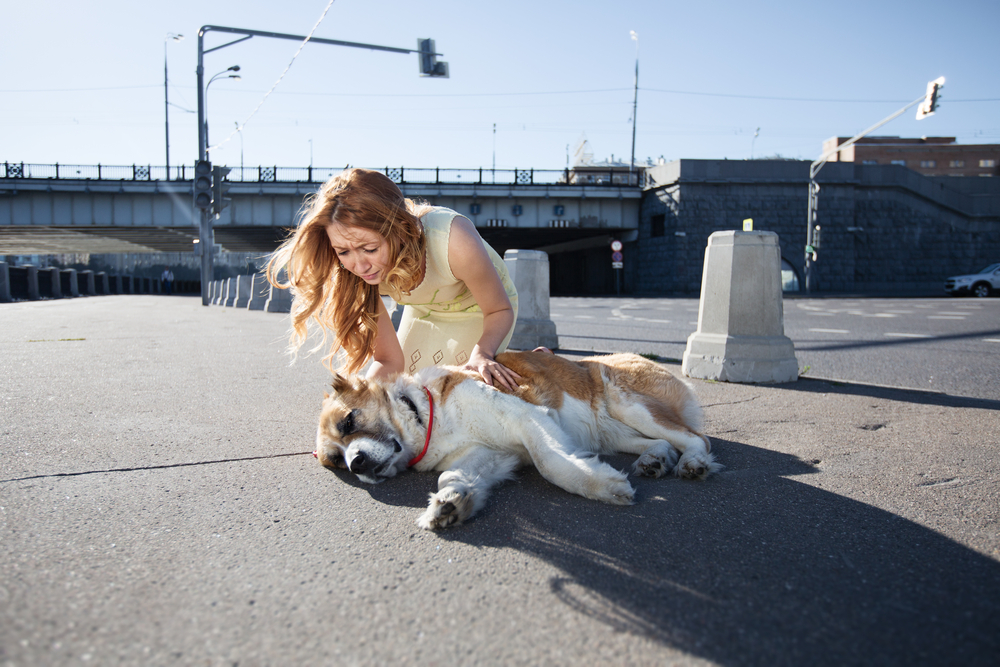
Truth: Pets cool themselves using several methods. Panting is the main way they cool their temperature but also their blood vessels expand near the skin to allow for better blood flow, and minor sweating happens through their paw pads. In extreme temperatures, none of these cooling measures are sufficient, and pets can easily overheat. While the initial stages of overheating (i.e., heat stress) can typically be resolved by providing a cool, shaded area and fresh water, heat stress can quickly progress to heatstroke, which can be fatal. If your pet’s body temperature rises over 105 degrees, their organs and cellular system can be irreversibly damaged. Pets who develop heatstroke have the potential to develop blood clotting problems, brain damage, kidney and liver failure, heart arrhythmias, hypotension, shock, and ultimately death.
If your pet begins overheating, take them indoors immediately and cool them down by pouring tepid water over their body, blowing a fan over their body, and wiping their paw pads with rubbing alcohol or cool water. Never wrap them in wet towels or use ice-cold water. Once your pet’s temperature has decreased to 104 degrees, or if your pet is not conscious, go immediately to Village Veterinary Hospital or the nearest animal emergency facility for evaluation and treatment. Call our team when you’re on your way, so we can prepare for your pet’s arrival.



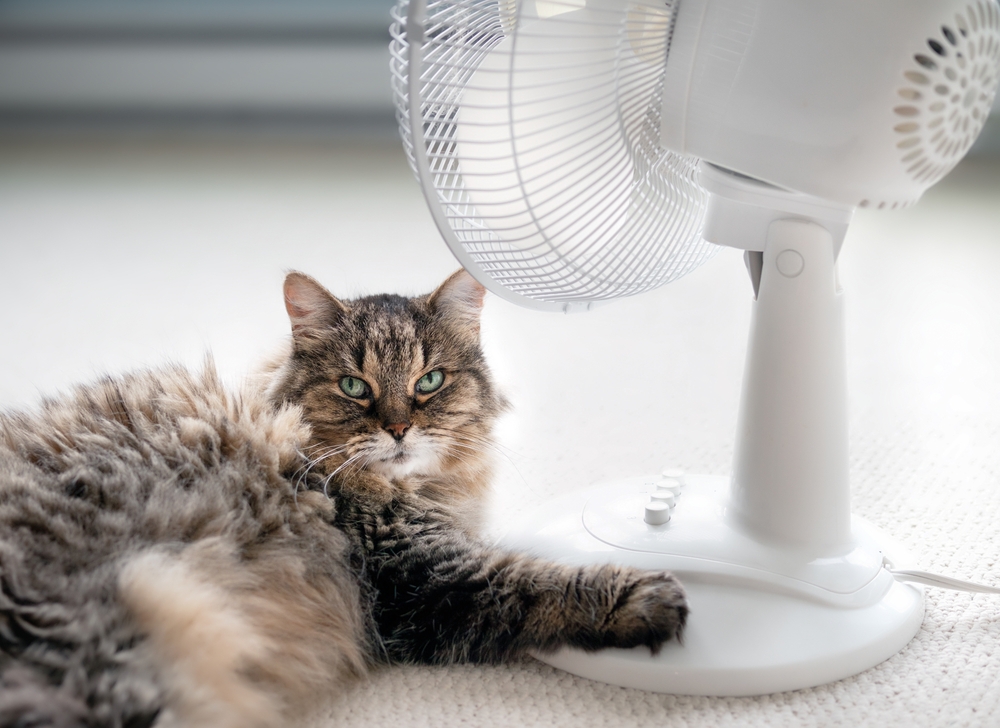
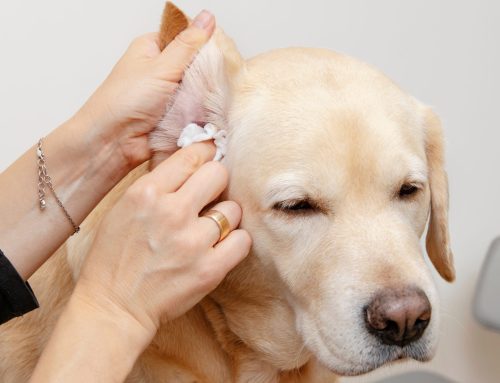
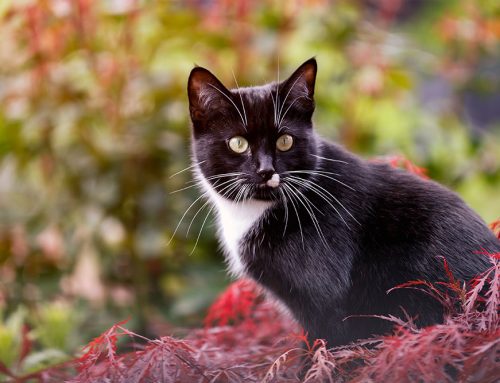
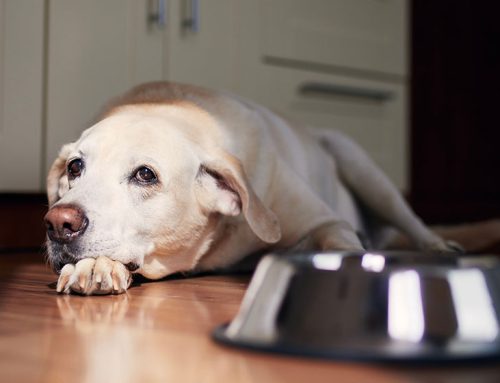
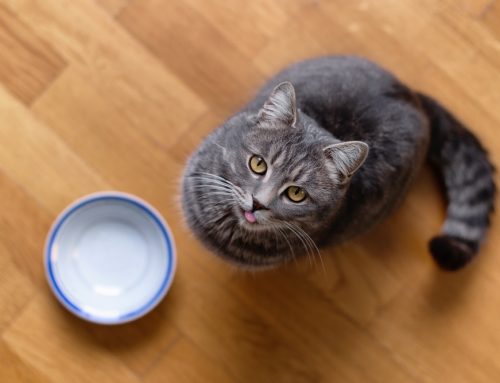











Leave A Comment